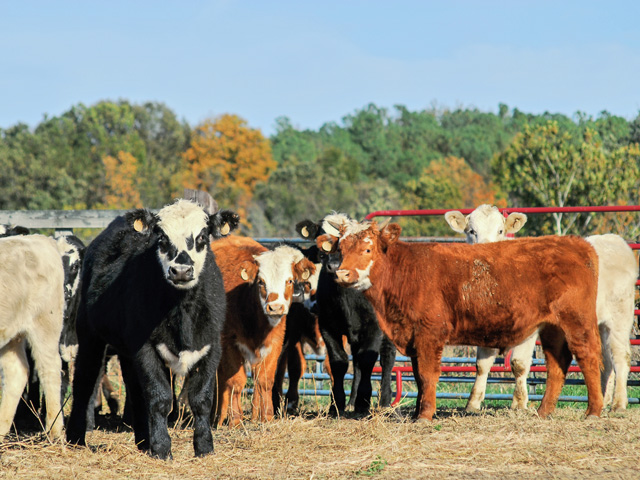Ask the Vet
Ringworm Problem Needs Environmental Fix
READER QUESTION:
I have a problem with ringworm in my feeder calves when I wean them in the fall. They are fine until I wean them, so I think they are being exposed to ringworm in the corrals and barns. What can I do to stop this cycle?
DR. MCMILLAN'S ANSWER:
It's important to remember, ringworm spores can exist in the environment for months or even years. The first step in suspected cases of ringworm is to confirm that it is actually ringworm, and then to evaluate individual affected animals and overall herd health.
P[L1] D[0x0] M[300x250] OOP[F] ADUNIT[] T[]
Treatment should initially focus on correcting any underlying health issues, including treatment for lice and other external parasites. In many cases, skin issues resolve without specific treatment for ringworm.
The only practical treatment of ringworm on cattle involves topical antifungal products. For these to be effective, however, crusts and scales overlying the active infection must be removed by brushing, scraping or scrubbing. Merely spraying an antifungal on the animal does not produce consistent results. This essentially limits treatment to cattle that are easily handled like show or dairy animals. Stockers would certainly not fit into that category.
The first step in environmental treatment is to remove any sharp or rough metal or wood that can cut, scrape or abrade skin. Fencing, trees, alleyways, chutes, halters, grooming equipment and tack used with horses can all be sources of ringworm. Many products are labeled to treat ringworm in the environment, but in the past, studies have shown they are not effective in barns and outside areas. These products were often "proved" using a test tube or ringworm organisms and not in real-world situations.
On farms, many areas have organic materials that will protect ringworm organisms. It is important to remove as much of this material as possible by scrubbing with detergents and/or pressure washing. Steam pressure washing is better, but it does not consistently kill ringworm.
After cleaning the affected areas, a few disinfectants have been shown to be effective. Household bleach used at concentrations of at least 1:32 (1/2 cup per gallon of water) is one of the most widely available options. Other effective products include Virkon-S (a detergent-peroxide-based product), and an accelerated hydrogen peroxide such as the Rescue Disinfectant line of products. An environmental spray containing enilconazole (a fungicide) has also been found to be effective. Check with your herd veterinarian for advice on the best product for your situation, and remember that any potentially contaminated area should be thoroughly sprayed and may need repeat treatments.
**
Editor's Note:
Please contact your veterinarian with questions pertaining to the health of your herd or other animals. Every operation is unique, and the information in this column does not pertain to all situations. This is not intended as medical advice but is purely for informational purposes.
Write Dr. Ken McMillan at Ask The Vet, 2204 Lakeshore Dr., Suite 415, Birmingham, AL 35209, or email vet@progressivefarmer.com.
(c) Copyright 2021 DTN, LLC. All rights reserved.






